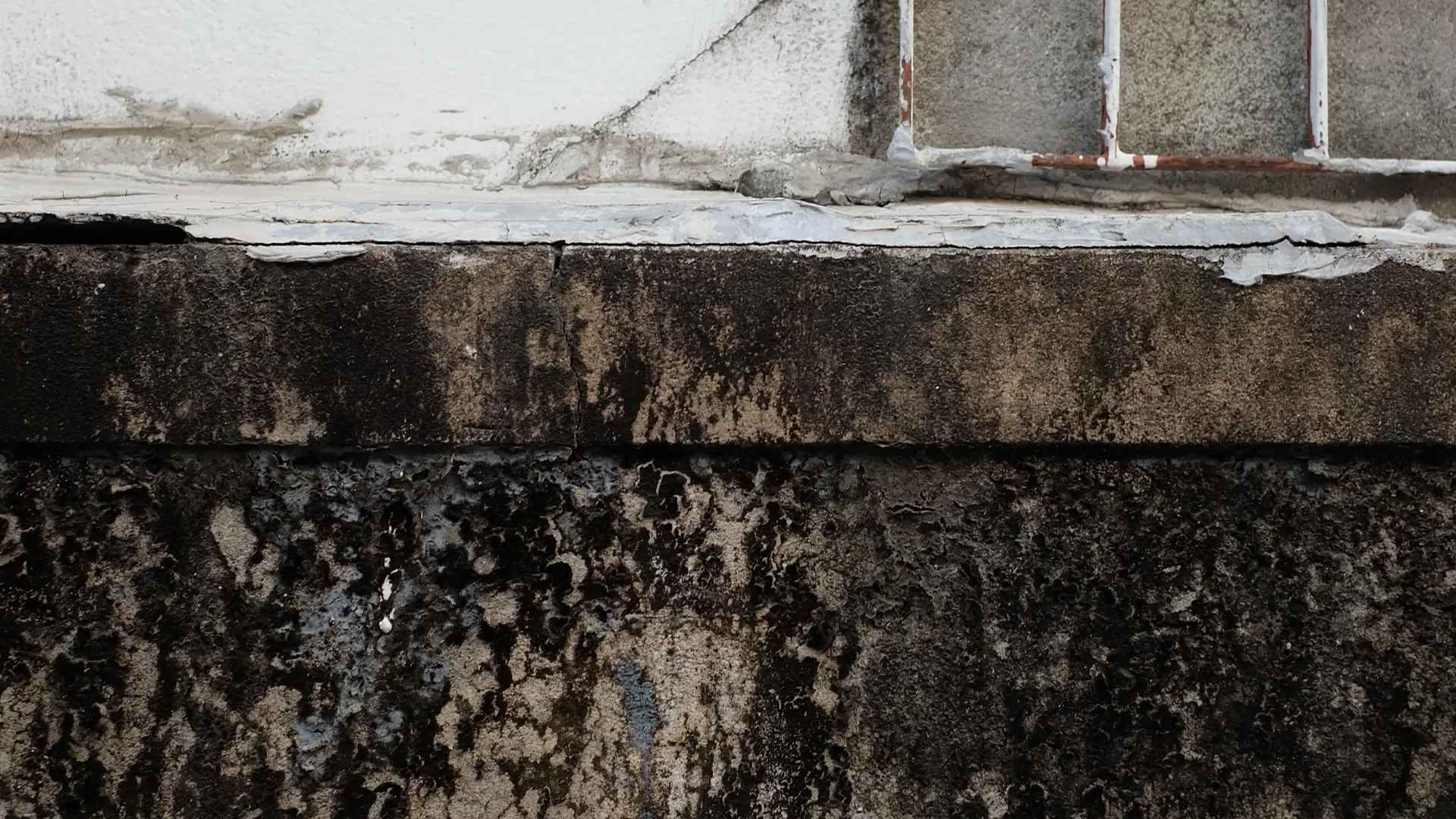Capillary moisture is the phenomenon of water being drawn up from the ground through pores and capillaries in building materials. Water penetrates the structure of walls, foundations or other structural elements as a result of the forces of adhesion and cohesion, i.e. the natural properties of liquids to adhere to surfaces and attract each other's molecules.
This process occurs particularly easily in materials with a porous structure, such as concrete, brick or mortar. In the absence of effective damp proofing, moisture can migrate upwards up to a height of several tens of centimetres. This leads to damp walls, peeling plaster, microbial corrosion (i.e. mould and fungal growth) and deterioration of thermal properties partitions.
To prevent the phenomenon of capillary moisture, horizontal and vertical layers of damp proofing. It is made of membrane, bitumen sheeting or EPDM membranes, among others, which cut off contact between the structural material and the damp soil. In existing buildings, this problem can be reduced by crystalline injection or by reconstructing the waterproofing diaphragm.




